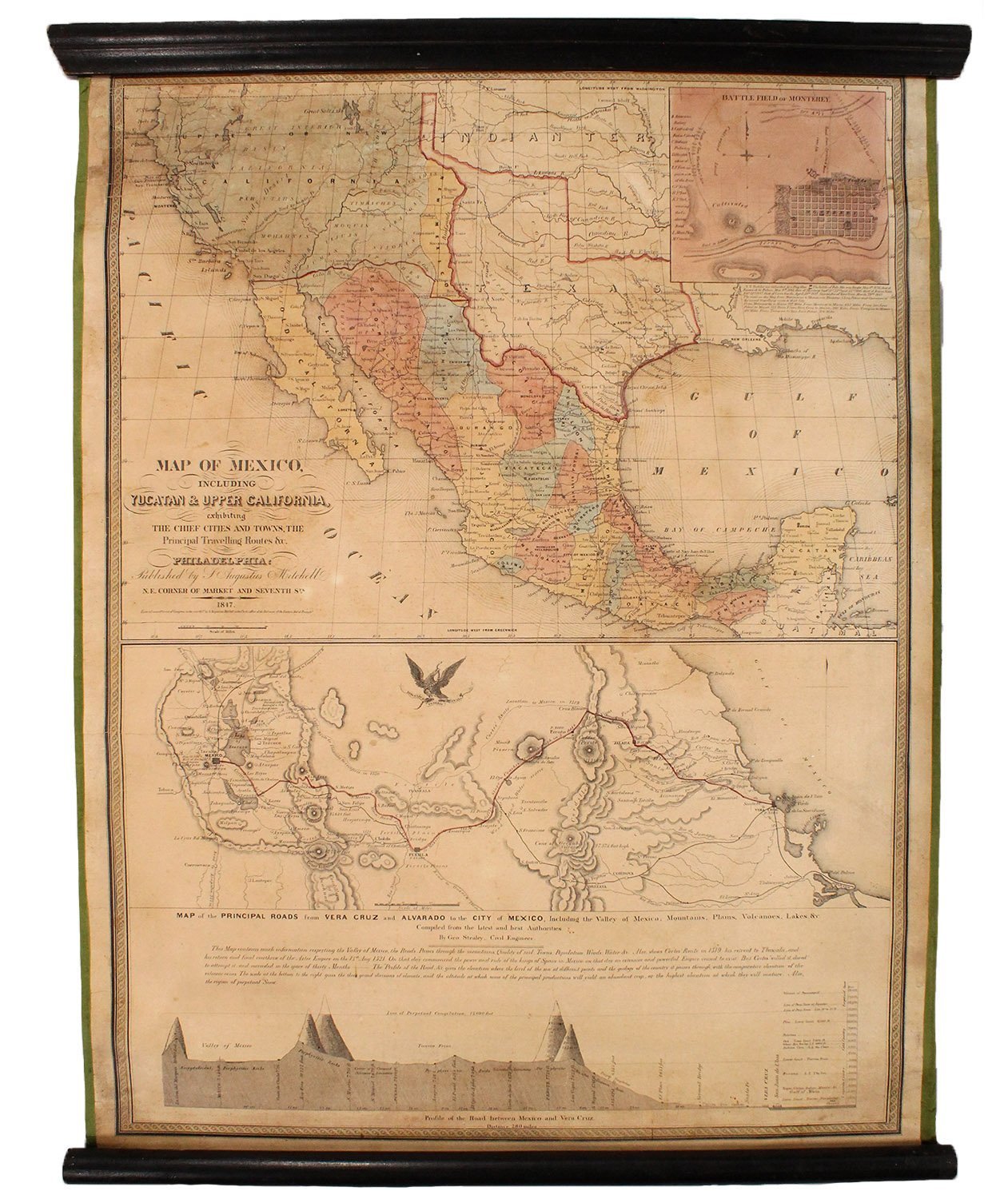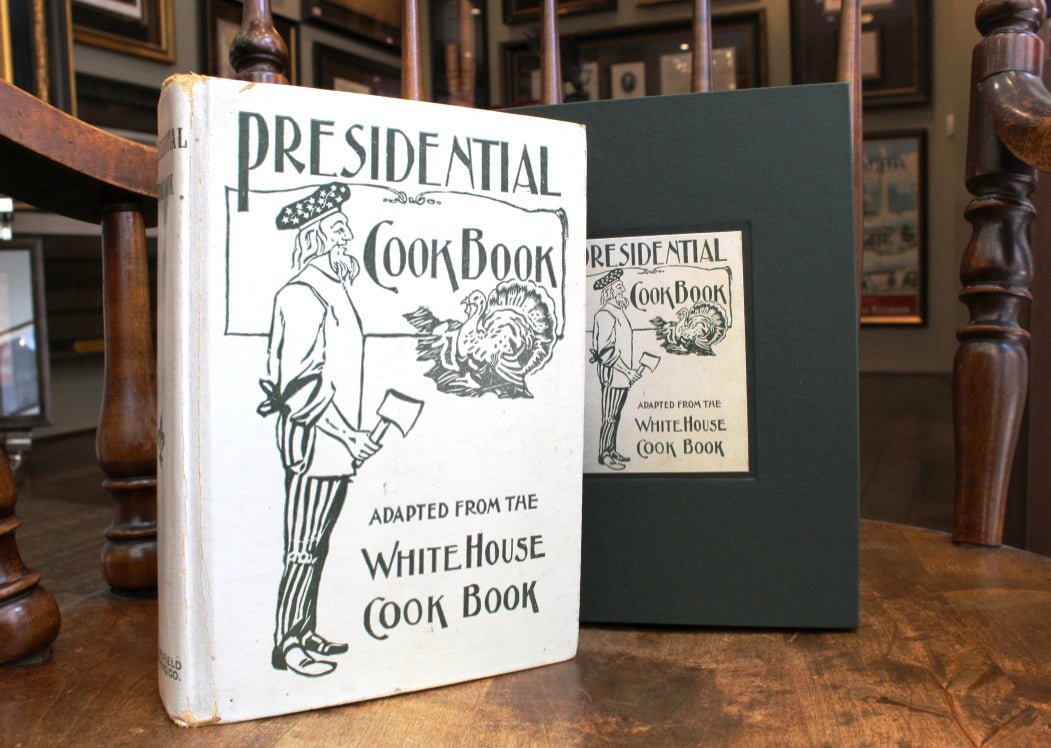The History of Campaigning
Events in today’s presidential campaigns are televised, live-streamed, and tweeted out to the world within a matter of seconds. Campaigning is so crucial to the presidential election nowadays, though campaigning did not always look this way. Discover how past presidents used to campaign, and how the matter has changed drastically over time.
Early Elections
George Washington was elected as the first president of the United States unanimously, receiving 132 electoral votes; a clear choice for the position. Campaigning was not needed in the first election, though it soon became an apparent necessity in order to sway the public and win elections as years went on.
-
Eight years after Washington was elected, the country was given its first glimpse at a presidential campaign, with candidates John Adams and Thomas Jefferson on the ballet in 1796. This was the country’s first contested presidential election, and the first in which political parties played a dominant role. Though the two were running against one another for the position, and there was active hostility between the two parties, there was strict public opposition to outspoken or aggressive appeals for votes. It was commonly considered inappropriate for nominees to actively advocate for themselves, so support needed to be drummed up in a different way. The first election of competing candidates ended with no active campaigning being done by either party.
The first negative campaign the country had seen came about in the 1800 election between Thomas Jefferson and John Adams. With great tensions rising between the political parties, for the first and last time in U.S. history an incumbent president and former vice president ran against one another. Jefferson, who had lost the presidency in 1796, paid the editor of the Richmond Examiner to publish anti-Federalist articles during the campaign. This brought about the first (of many to come) smear campaign, as supporters of Jefferson accused the incumbent President Adams of having a "hideous hermaphroditical character, which has neither the force and firmness of a man, nor the gentleness and sensibility of a woman," while Adams' team called Jefferson "a mean-spirited, low-lived fellow, the son of a half-breed Indian squaw, sired by a Virginia mulatto father" (PBS, American Experience).
Still in line with the notion that candidates should not travel or advocate for themselves in order to campaign, instead it was up to supporters to organize events and produce campaign ephemera. Materials as broadsides, cards, and prints advertised candidates. In addition, word of mouth was relied on as an influential tool. In the case of Jefferson v. Adams, Jefferson even hired a "hatchet man" to spread false messaging and lies about Adams, eventually winning Jefferson the election.
Though early campaigns were conducted cryptically, primarily behind closed doors, campaigning took off with vigor by the turn of the 19th century.
Propaganda
Campaigning continued in the 19th century, with new forms of campaign propaganda popping up left and right. Andrew Jackson’s 1828 campaign brought about a crucial shift towards presidential electioneering, which resembles modern political campaigning more than any other previous campaigns. Posters were more frequently utilized, “attack ads” came about, and campaigning became a crucial tactic in order for candidates to win an election.
One of the most prominent examples of campaign propaganda, and one of the earliest to have such a strong impact, was centered around the election of President Abraham Lincoln. Political cartoons were influential forms of campaign propaganda, especially in the case of Lincoln. They were used by opposing sides to sway voters into choosing one candidate or another, with images and depictions aimed at discrediting the other candidate.

"Rally 'round the Flag Boys!" Harper's Weekly Centerfold, October 1, 1864
Lincoln’s supporters used political cartoons to portray him as a noble, honest, trustworthy leader-- as someone who would put an end to the unrest and violence in the country. Political cartoons produced by his followers were used to accentuate his stronger features in order to show him as a confident leader. However, Lincoln was distinctively lanky and had somewhat awkward proportions. His rivals-- and in the time of the Civil War, many newspaper publishers in the South-- chose to portray Lincoln as meek, scared, and even childish. These political cartoons were used in satirical and unflattering ways with the aim to discredit Lincoln as a candidate.
Upon the establishment and rise in prominence of the Democratic and Republican Parties, campaigns were run with visual tools to distinctly characterize the two sides. Cartoonist Thomas Nast popularized the Democratic symbol of the donkey and the Republican symbol of the elephant, which were first used in campaigns following the Civil War. The donkey symbol was originally introduced in Andrew Jackson’s 1828 campaign when he was accused of being a “jackass,” though he turned the insult on its head and adopted the symbol for its positive traits rather than its negative connotations. The Republican’s elephant came about in 1854, upon the formation of the Republican Party, and was used loosely during the Civil War when “seeing the elephant” was an expression used by soldiers to mean experiencing combat (Nix, History.com). Nast used the donkey and elephant in his publications for Harper’s Weekly, and the symbols stuck.
-
The Evolution of Campaigning
As time went on, candidates tried out new tactics to sway the American people. Campaigns included slogans and iconography in order to familiarize the public with the candidates' messages and values. With the first televised events, campaigning changed drastically. Since the first televised debate in 1960 between John F. Kennedy and Richard Nixon, the methods and tactics shifted to focus on preparing candidates for televised appearances. Campaign budgets also needed to stretch in order to pay for television ads, which has contributed to the exponential campaign budgets of today.
Theodore Roosevelt and Charles Fairbanks Political Campaign Bandana, 1904
-
Today, many of the same aforementioned campaign techniques are still in place. Smear campaigns are certainly present, as well as satirical cartoons, political ephemera, and alike. However, shifting from television ads and air time, which previously dominated campaign budgets, candidates and their teams now rely on the Internet. The large sphere of voters come into contact with one another with Internet use, causing clashes and unrest like never before. Campaign updates can be shared out to the masses with the touch of a button, proving to be both a blessing and a curse.
What will the future of campaigning look like in the United States?









